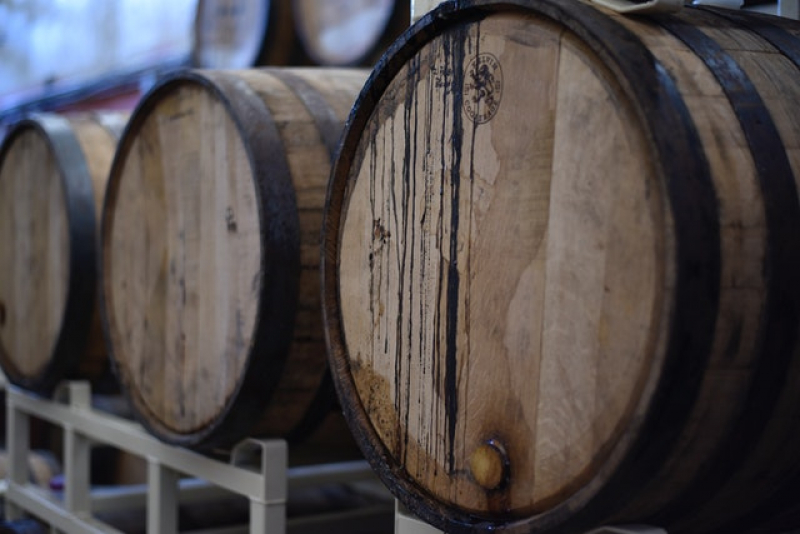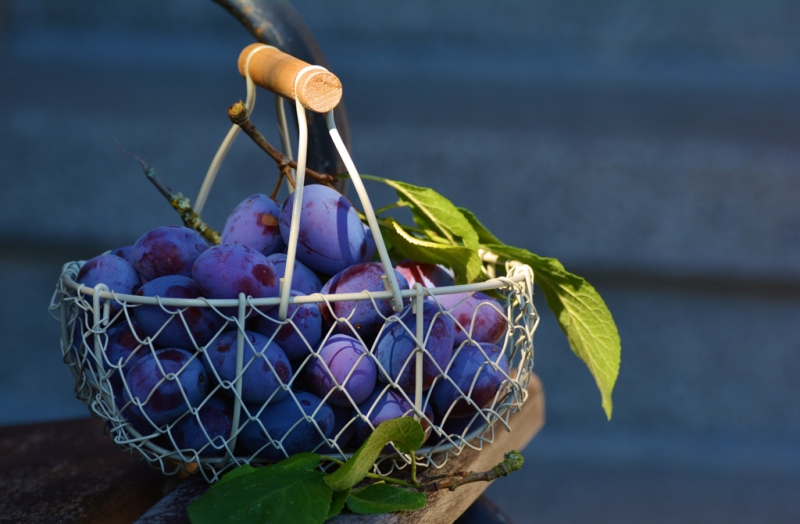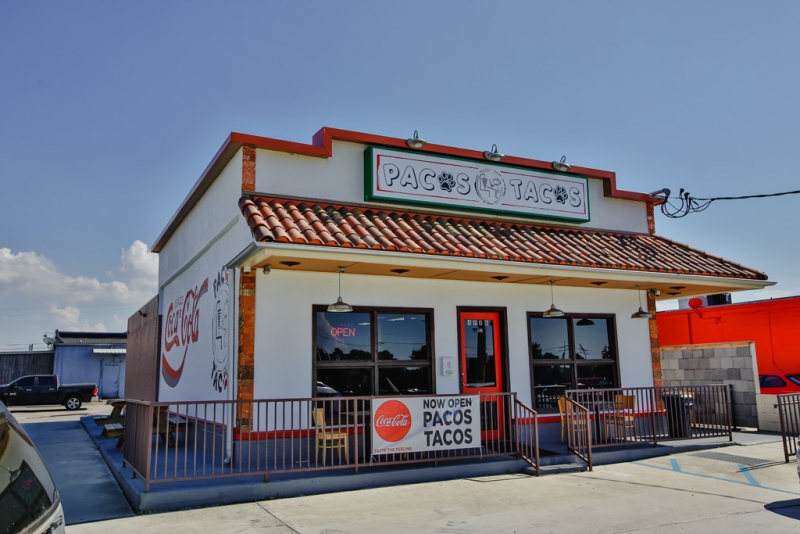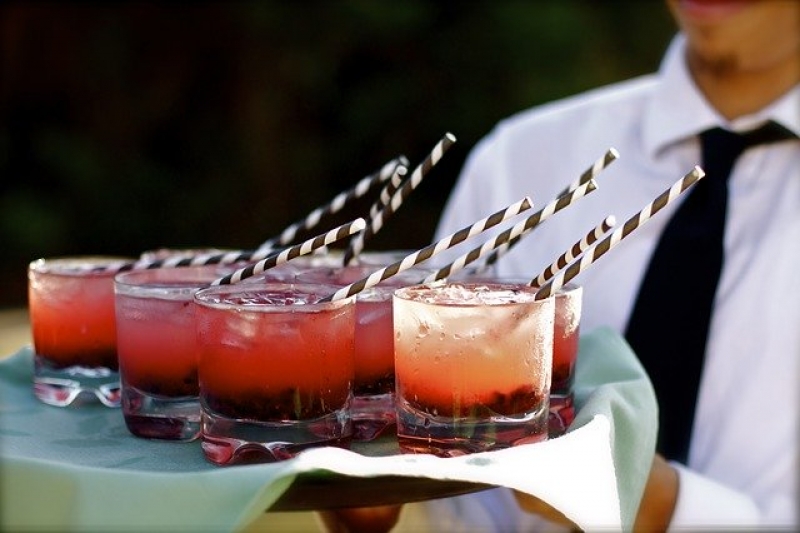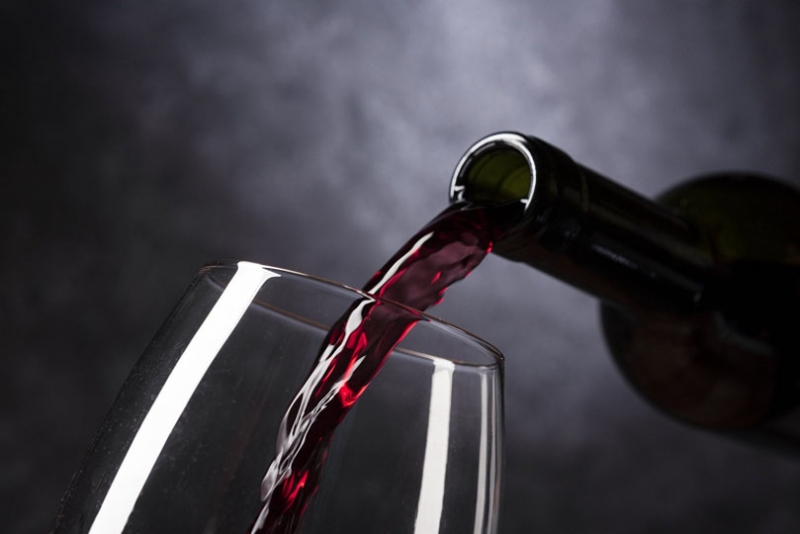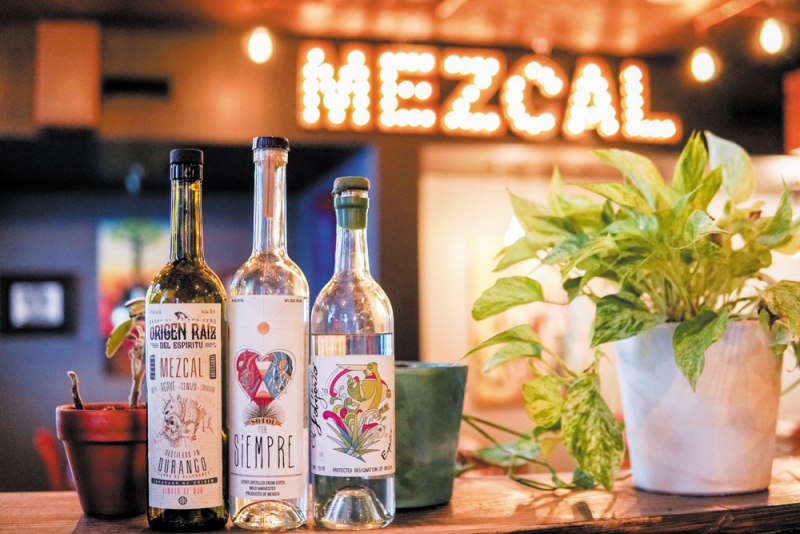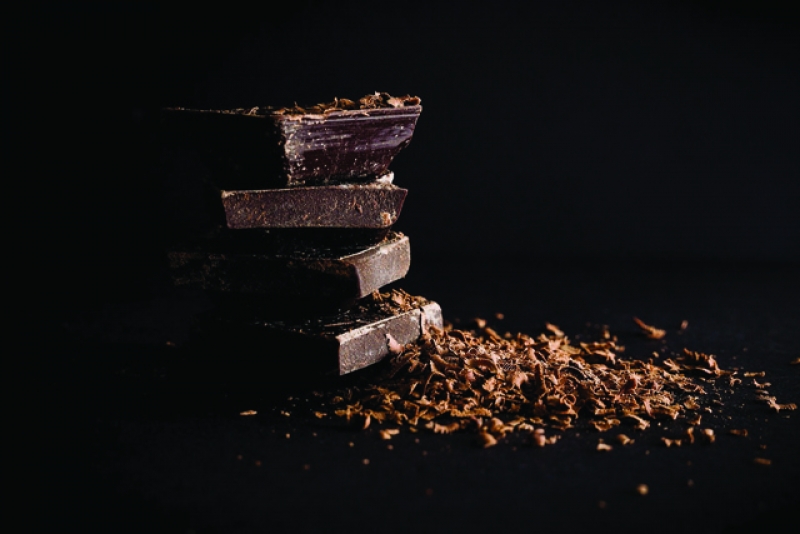- Written by Rebeca Pinhas
- Published in Out & About
The Significance of Harvest in Winemaking
The Significance of Harvest in Winemaking
By Rebeca M. Pinhas, CSW, CSWS IG@vinomomnola
Click aqui para español- > La Importancia de la Vendimia en la Elaboración del Vino
Fall brings many things worthy of celebration: beautiful weather, vibrant colors in nature, and the harvest of a variety of crops. From root vegetables to leafy greens, those who work the land prepare to receive the fruit of their year’s hard work.
Since ancient times, many cultures have celebrated and thanked the Earth for their crops through yearly festivities that have survived over time. Sukkot in the Jewish tradition, the Indonesian Rice Harvest Festival, and the Festival de la Vendimia in Mexico are some examples of celebrations at the time of harvest in different parts of the world. And, in my humble yet biased opinion, the harvest of wine grapes remains one of the most meaningful and wonderful in the world.
The harvest of wine grapes starts in September in the Northern hemisphere (and six months later in the Southern half of our planet) and may last a couple of months depending on the varieties to be picked in a determined vineyard. This stage is the culmination of the vine’s life cycle and just the beginning of the winemaking process. After all the fruit is removed from the vines, these lose their foliage and enter dormancy, a state where minimal energy is used to perform vital functions until the following Spring. As temperature rises, the sap moves from the root of the dormant vine into the rest of the plant and the productive cycle resumes.
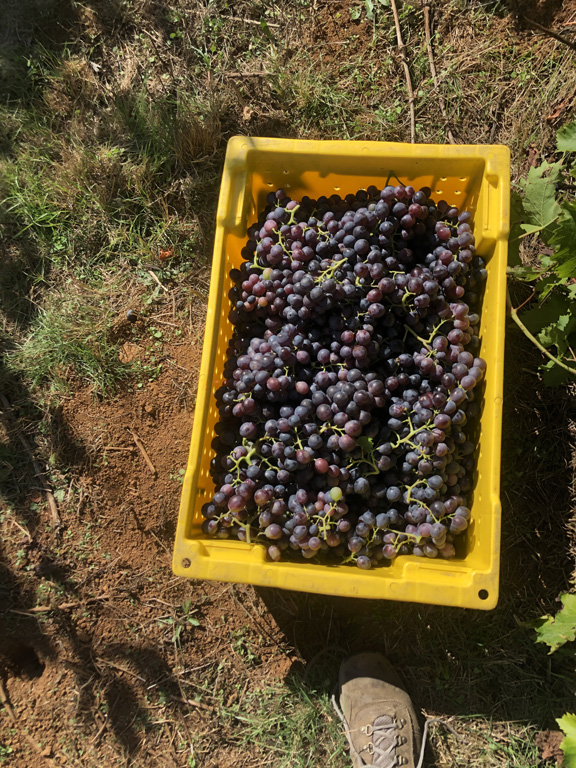
After reaching and assessing different milestones during the growing season, the winemaker/grower must make a difficult decision as harvest approaches: when to start picking. Too early, and the grapes may not be quite ready; too late and they may get overly ripe or face unexpected natural phenomena like storms or hail. To be able to make the best decision possible, many factors are to be considered: typical harvest time of each variety, the determined region, and its climate, the balance between sugar (which will later be converted into alcohol) and acidity, the particular vintage (sometimes it gets unusually hot, cold, or wet during the growing season), and the maturity of the components which provide structure to the wine.
Once the grower has weighed in all this information and the green light has been given for harvest, there is no turning back.
This year has been unusually difficult for the wine industry. Not only have we had to deal with COVID and its consequences on the overall market as well as with the risk over the workforce’s safety, but we have also witnessed man-made disasters.
The most important wine-producing regions in the United States –California, Washington, and Oregon– were dealt unusually large, dangerous, and long-lasting wildfires. The effects go from entire wineries burning down to great amounts of fruit that has been smoke-tainted and might no longer be suitable to make wine. As those who work the land best know, the effects of climate change, pollution, and overall human impact on our environment manifest more and more concretely every vintage.
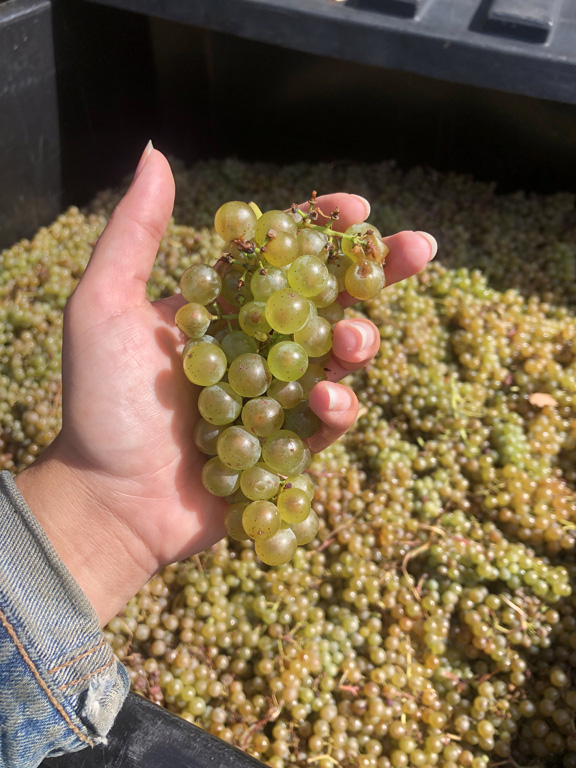
Fortunately for us, wine lovers, sustainable and regenerative agricultural practices are on the rise as farmers know we must take care of our planet to keep enjoying its wonders.
So next time you enjoy a delicious glass of wine, pause and think about how many decisions were made and how many things could have gone wrong. Understanding the work behind each glass truly gives your wine a different meaning.



